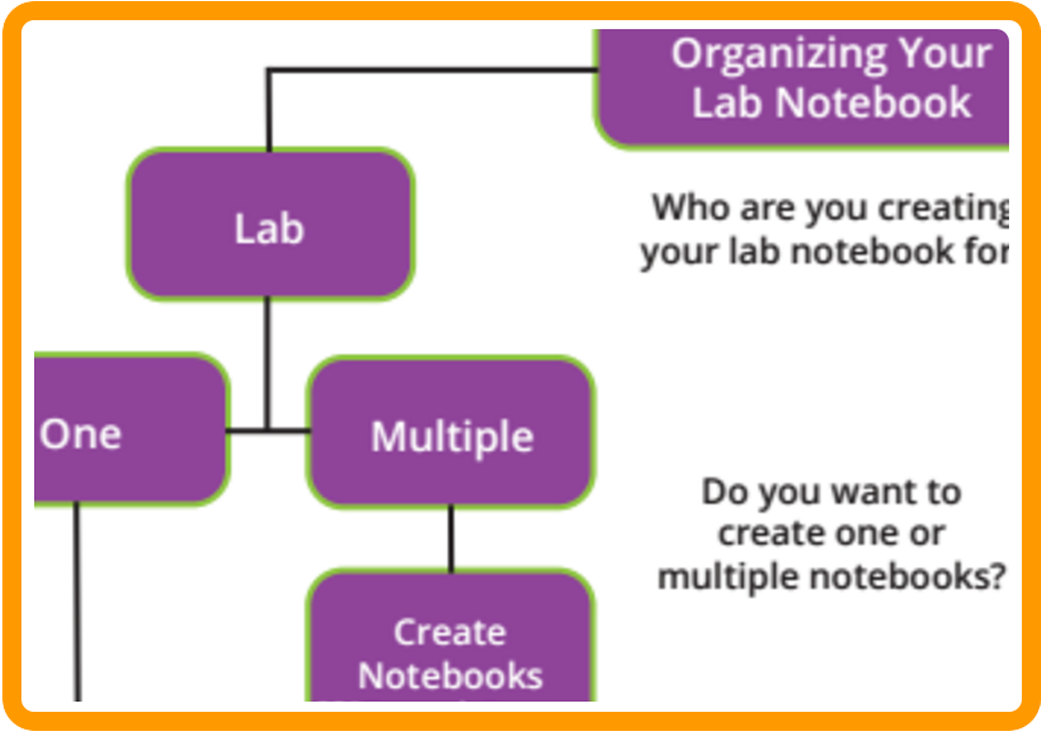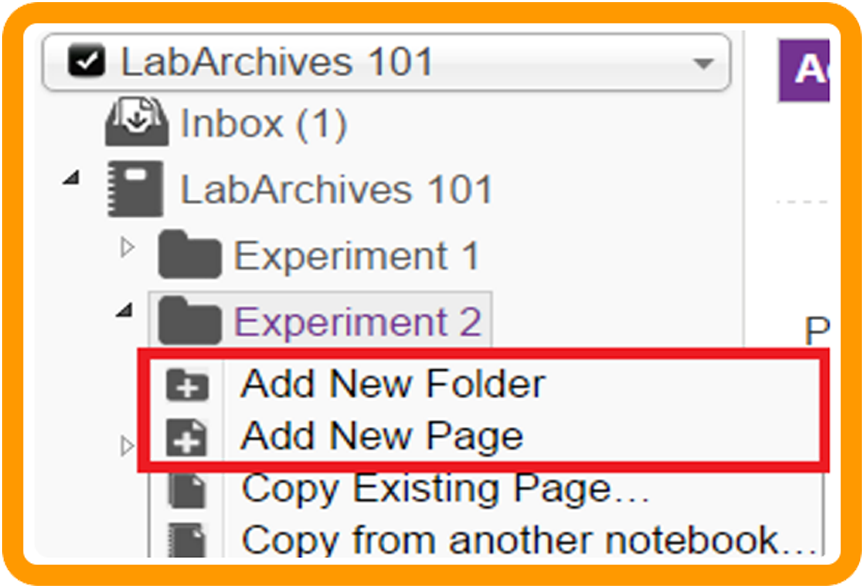You will have a manuscript to submit for publication by the end of this summer! Let us know if you are interested in joining the Scholarship Circle this summer.
Our College of Nursing Scholarship Circle is shaping up to be an exceptional opportunity for faculty to find inspiration and motivation for creating a manuscript for publication. Cindy Anderson, Joni Tornwall, and Kerry Dhakal are working to build an agenda packed with materials and information that will spark your imagination and make you eager to put words on paper. You’ll hear from guest speakers who have a wealth of real-world experience in nursing scholarship, and you’ll be immersed in a supportive group of peers who will help keep you on track with benchmarks and feedback. You’ll have a manuscript you will be proud to submit for publication by the end of the summer!
Tentative Agenda:
| Week 1 |
May 18 |
Why We Do Write, Why We Don’t Write
Role of Scholarship and Roadblocks to Writing
Cindy Anderson, PhD, RN, CRNP, FNAP, FAHA, FAAN |
| Week 2 |
May 25 |
Get Started
Writing Strategies from Successful Authors |
| Week 3 |
June 1 |
Focus your Topic
Speak to your Audience and Purpose
Susan J. Henly, PhD, RN, FAAN |
| Week 4 |
June 8 |
Outline your Manuscript
Create a Framework
Mary Beth Happ, PhD, RN, FGSA, FAAN |
| Week 5 |
June 15 |
Choose a Journal
Understand Scholarly Impact
Kerry Dhakal, MAA, MLS, AHIP |
| Week 6 |
June 22 |
Write a First Draft
Tell your Story
Rita Pickler, PhD, RN, FAAN |
| Week 7 |
June 29 |
Avoid Writer’s Block
Step Away from the Distraction
Nancy Lowe, PhD, CNM, FACNM, FAAN |
| Week 8 |
July 13 |
Revise and Finalize
Tie it All Together and Submit
Lois Marshall, PhD, RN
Sandra Meadows and Ellen Patricia (ORRP) |
| Week 9 |
July 20 |
Respond to Feedback
Revise and Resubmit
Vicki Conn, PhD, RN, FAAN |
| Week 10 |
July 27 |
Reflect and Move Forward
Focus Group
Kerry Dhakal, MAA, MLS, AHIP |
The Scholarship Circle meetings will consist of 10 sessions over 10 weeks (skipping the week of July 4). They will be on Wednesday afternoons, 1:00-2:30 p.m., in CarmenConnect.
Who is the audience for this round of the Scholarship Circle?
This Scholarship Circle is for practicing nurses in the clinical and academic setting at OSU who want to publish a scholarly manuscript. This round of the Scholarship Circle is primarily created for nursing instructors and working advanced practice nurses who are affiliated with OSU. Nine-month faculty in the CON are welcome.
Do I have to attend all of the sessions? Will they be recorded?
The guest lectures will be recorded, but the segments during which participants are interacting with each other will not be recorded. You do not need to be at all sessions, but attendance will help keep you on track with your writing goals. You will need to commit to writing each week and providing feedback to a peer each week.
Does this involve group work? I know what to do; I just need motivation.
Yes, you will be working with at least one peer, and the expectation is that you will write something each week to contribute to the group experience. You’ll get feedback from your peers, and you’ll provide feedback also. Group work and exchanging feedback with peers is an important part of accountability to your writing goals. The primary objective is for everyone to have at least one manuscript suitable for submission to a journal or other public outlet by the end of this summer.
I may not know enough to join this group. Or, I may be further along in my writing knowledge than the rest of the group.
Participants in the Scholarship Circle will have a wide range of experience with writing and publishing. We’ll make a strong effort to pair you with someone who has a similar publishing history as you do and who shares similar goals. Regardless, Kerry (your library liaison) and I will do everything we can to see that you get the feedback and motivation you need. Our guest lecturers will present information that may be new to you, no matter what phase of writing you are in, and Kerry will present information about scholarly metrics that very few people understand well in the context of The Ohio State University.
How do I sign up?
Go to http://go.osu.edu/scsurvey to indicate your interest. You will hear from me (Joni Tornwall) around May 1 with more information about registration and getting started in the Scholarship Circle.
Who do I contact for more information?
You may contact me, Joni Tornwall(.2), with any questions.
Joni Tornwall, MEd, RN Manager of Instructional Services
The Ohio State University College of Nursing
Newton 347B | 1585 Neil Ave. | Columbus, OH 43210
614-292-6804






